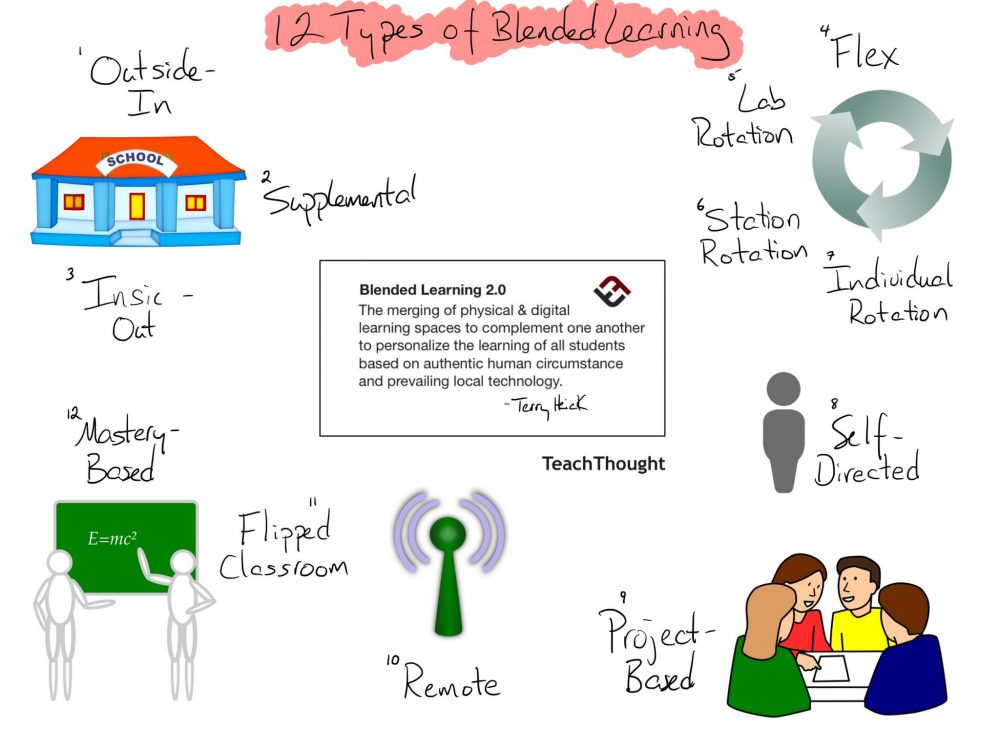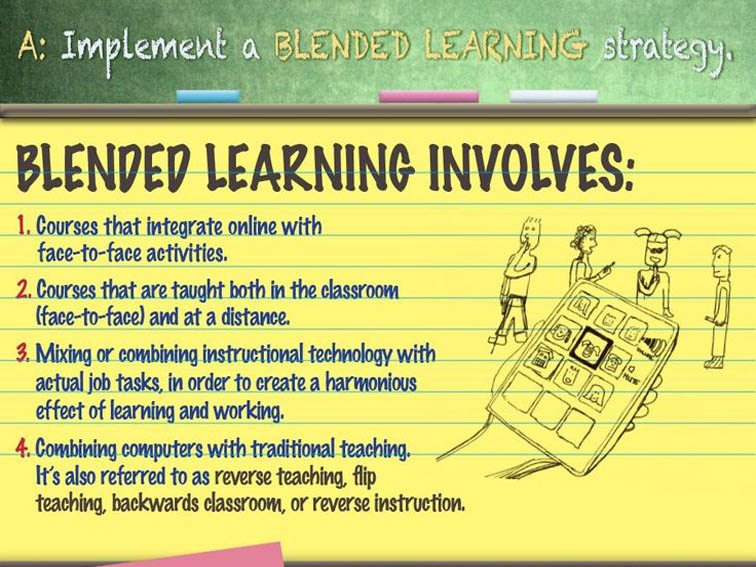A Beginner’s Guide to Flipped Classroom
https://www.schoology.com/blog/flipped-classroom
Our 2018-2019 Global State of Digital Learning research study revealed some interesting insights about instructional approaches. It was taken by 9,279 education professionals from all across the country in various roles and districts.
When we look at instructional approaches most frequently used, the top ones are differentiated instruction (73.5%), blended learning (54.8%), and individualized learning (47.8%). And while flipped learning, personalized learning, and gamification command the most press, they aren’t being practiced as much as one might think. In many ways, this makes a lot of sense. These approaches require more time and resources than many of the others.



